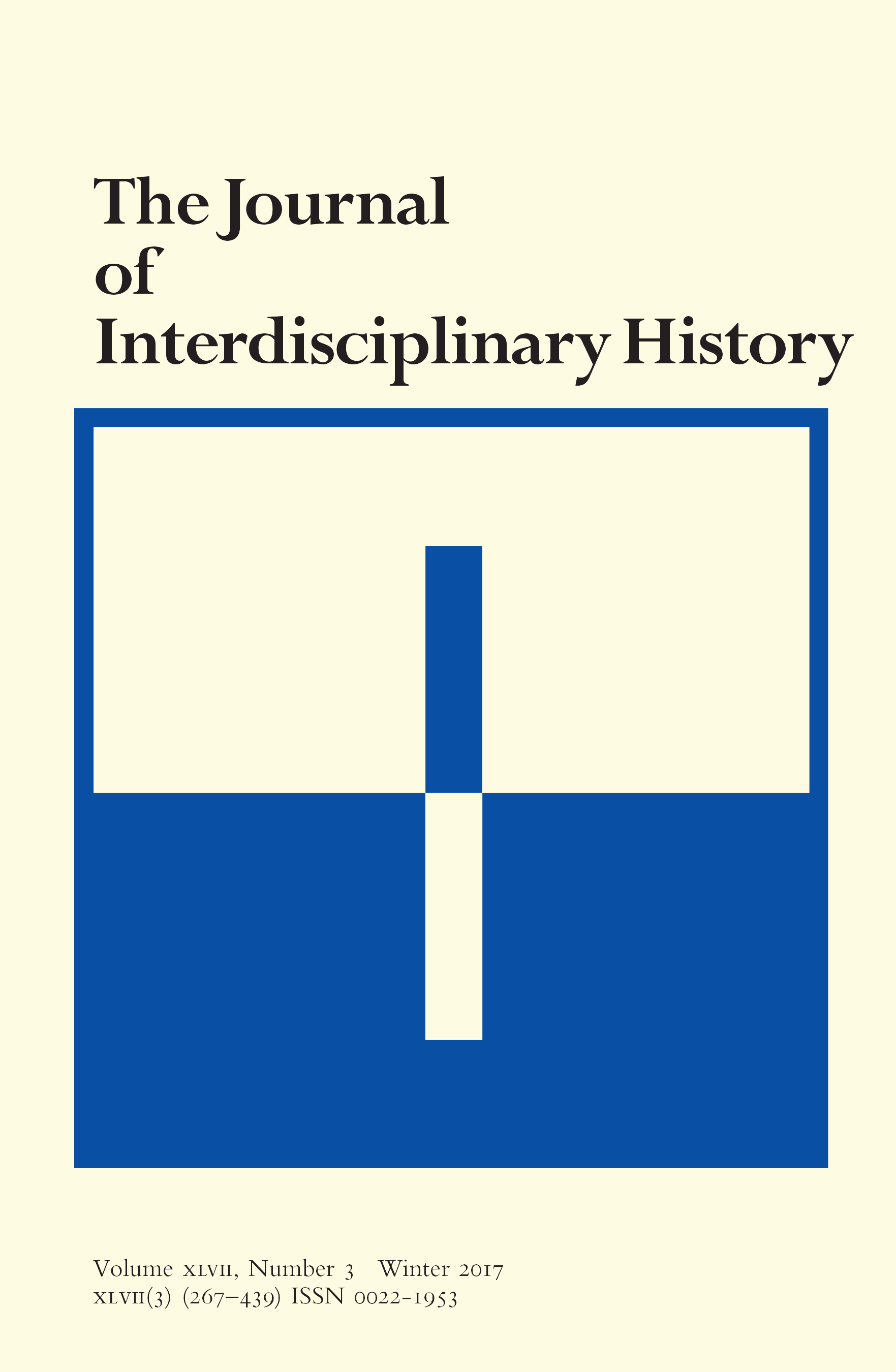Abstract
A case study of three early modern Dutch cities (Alkmaar, Delft, and Amsterdam) using geographical information systems and confronting earlier historical, sociological, and geographical models finds clear patterns of segregation below the level of the city block, thus necessitating block-face mapping. The remarkable continuity in patterns of residential segregation is best explained by the workings of the real-estate market, allowing the well-to-do and middle classes to realize their preferences. In Amsterdam, the merchant elites were able to use their political dominance to plan a scenic and expansive residential environment free from noisy and odorous activities.
Issue Section:
Articles
This content is only available as a PDF.
© 2011 by The Massachusetts Institute of Technology and the Journal of Interdisciplinary History, Inc.
2011
You do not currently have access to this content.

